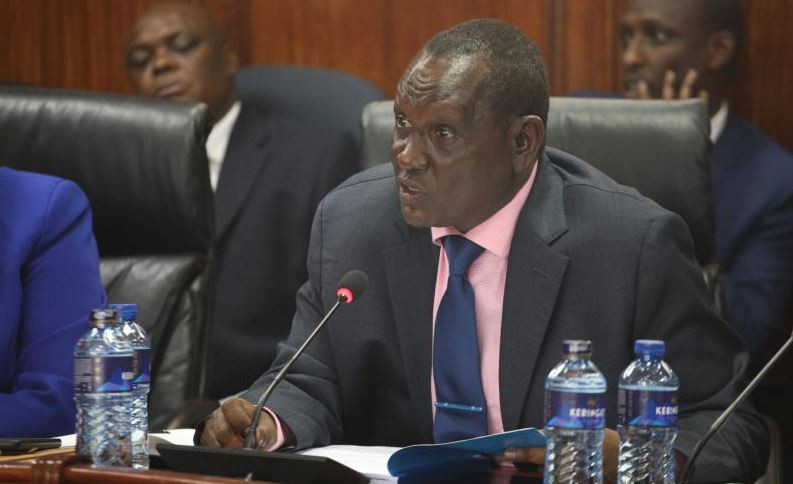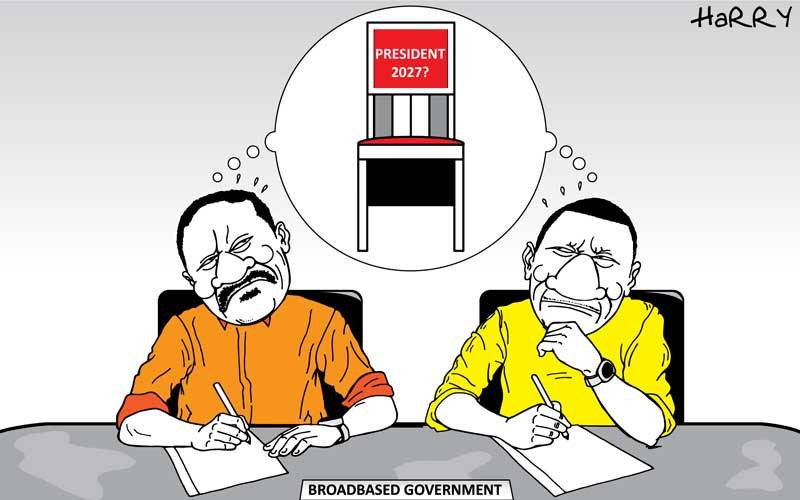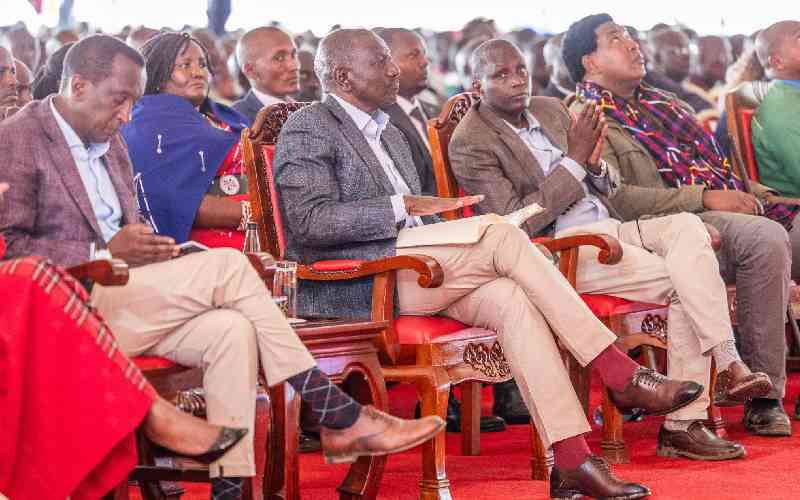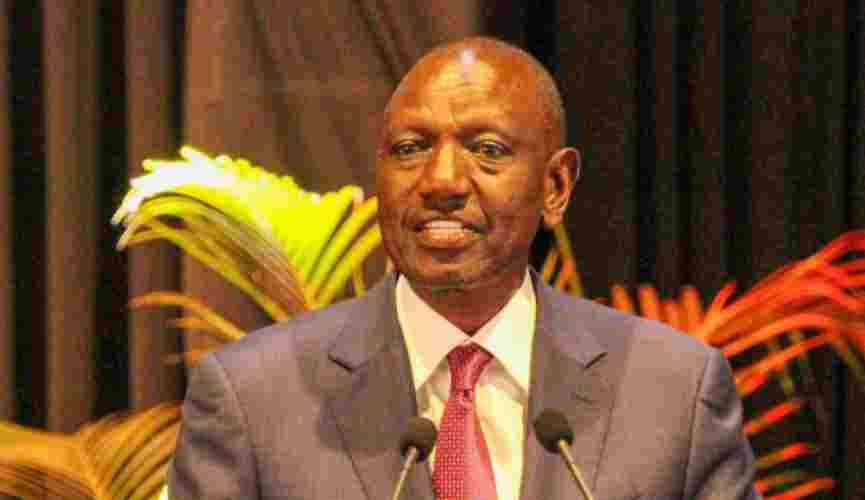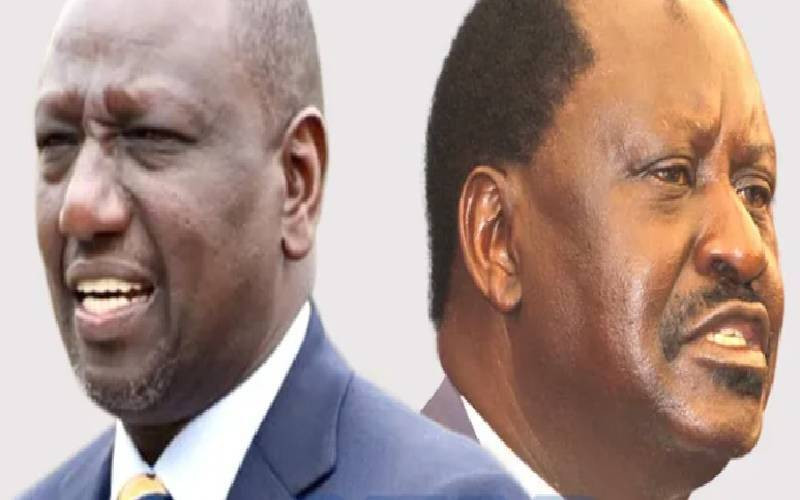
As President William Ruto navigates the complexities of his administration, the political landscape in Kenya remains fraught with challenges that threaten his governance.
In this turbulent environment, one figure stands out as a potential ally: Raila Odinga, the veteran opposition leader. The need for collaboration between these two prominent political figures has never been more pressing, as Ruto seeks to solidify his leadership and address the pressing issues facing the nation.
Since taking office, Ruto has faced significant hurdles, including rising inflation, high cost of living, public discontent over economic hardships, and persistent allegations of corruption within his administration. The political climate is increasingly polarised, with many Kenyans feeling disillusioned by the status quo. In such a divided landscape, Ruto's ability to govern effectively hinges on his capacity to build bridges across political divides.
Raila, a seasoned politician with a long history of advocating for democratic reforms and social justice, represents a substantial segment of the Kenyans. His influence extends beyond his party, the Orange Democratic Movement (ODM), and resonates with many who seek change. By engaging with Odinga, Ruto could not only enhance his legitimacy, but also tap into a broader base of support that transcends party lines.
The challenges facing Kenya are multifaceted, encompassing corruption, public debt, poor healthcare, education, and institutional reforms. These issues require a united front to tackle effectively. A partnership between Ruto and Raila signals a commitment to addressing these critical areas collaboratively.
By working together, they could implement reforms that enhance transparency and accountability, thereby restoring public confidence in the government. While the Ruto, Raila alliance could help quell dissent and reduce the likelihood of political unrest, it exposes Rigathi Gachagua as a man under siege.
Gachagua finds himself navigating a complex political landscape as allies of Raila join his government. His position appears increasingly precarious as faces the challenge of maintaining his authority and relevance within a shifting political dynamic. The infusion of former opposition figures into the government could dilute Gachagua's power and complicate the administration's agenda. The coming months will be crucial as Gachagua must navigate challenges while striving to solidify his role in the administration.
Ruto's decision to collaborate with Raila's men could be a double-edged sword. On one hand, it may help to quell dissent and reduce unrest since the inclusion of diverse voices in governance could lead to more comprehensive and representative policymaking. On the other hand, it risks alienating Ruto's core supporters, who may perceive this alliance as a betrayal of the principles that initially propelled him to power. The coming weeks will be crucial as he seeks to establish a cohesive agenda that resonates with all factions while maintaining stability within his administration.
The political landscape in Kenya is notoriously volatile, and Ruto's ability to maintain his leadership position while accommodating former rivals will be scrutinised. The question is: Can Ruto successfully transform this alliance into a force for positive change? Ruto's administration must tackle critical issues such as economic recovery, corruption, and security, all of which have been persistent concerns for Kenyans.
The success of his broad-based government will largely depend on his ability to navigate challenges while keeping his alliance intact. If he can foster a sense of unity and purpose among his allies, he may be able to leverage their collective strengths to implement reforms. However, the risk of fragmentation remains high.
Political alliances have historically been fragile, often dissolving under pressure or competing interests. Ruto's past rivalries could resurface, leading to potential conflicts that may undermine his leadership.
 The Standard Group Plc is a
multi-media organization with investments in media platforms spanning newspaper
print operations, television, radio broadcasting, digital and online services. The
Standard Group is recognized as a leading multi-media house in Kenya with a key
influence in matters of national and international interest.
The Standard Group Plc is a
multi-media organization with investments in media platforms spanning newspaper
print operations, television, radio broadcasting, digital and online services. The
Standard Group is recognized as a leading multi-media house in Kenya with a key
influence in matters of national and international interest.
 The Standard Group Plc is a
multi-media organization with investments in media platforms spanning newspaper
print operations, television, radio broadcasting, digital and online services. The
Standard Group is recognized as a leading multi-media house in Kenya with a key
influence in matters of national and international interest.
The Standard Group Plc is a
multi-media organization with investments in media platforms spanning newspaper
print operations, television, radio broadcasting, digital and online services. The
Standard Group is recognized as a leading multi-media house in Kenya with a key
influence in matters of national and international interest.


